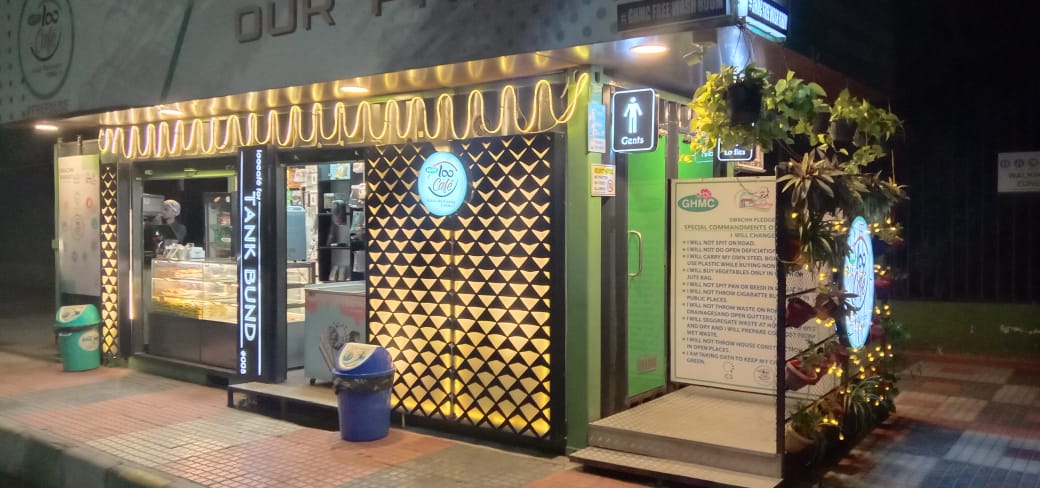Decor Industry is Beautifying Spaces with Sustainable Products and Practices
Regards,
Related Articles
Sophia Qureshi: Bengal applauded her long before the Nation saluted
“Sophia Qureshi. Naam Toh Suna Hi Hoga!”
If someone says this today, it’s no exaggeration — it’s fact.
On May 7, as the nation erupted in...
This Mother’s Day let’s Pay a Tribute to ‘Bharat Mata’ who once again reminded us we are INDIANS FIRST!
Following almost three weeks of bilateral tension, India and Pakistan finally declared a ceasefire on the evening of May 10, Saturday. India and Pakistan...
Clear Delhi’s Landfill at Faster Pace: Delhi CM to MCD
Chief Minister Rekha Gupta on Friday issued instructions to ensure the clearing of Delhi's three lands in a fast-paced manner. In the high-level meeting...


 Ms. Parul Mittal, director at Greenlam Industries Ltd., has been actively associated with the company since its inception in 2013. She joined Board of the Acquirer in November 2014 With over two decades of experience in marketing and design, she has been a driving force in helping the brand grow exponentially at both national and international levels. She has a positive bias towards initiatives that catalyze business growth to achieve excellence.
Ms. Parul Mittal, director at Greenlam Industries Ltd., has been actively associated with the company since its inception in 2013. She joined Board of the Acquirer in November 2014 With over two decades of experience in marketing and design, she has been a driving force in helping the brand grow exponentially at both national and international levels. She has a positive bias towards initiatives that catalyze business growth to achieve excellence.